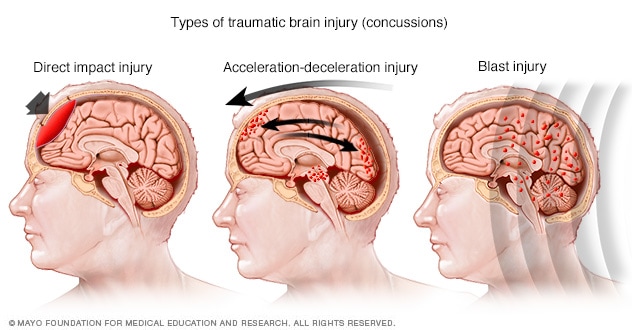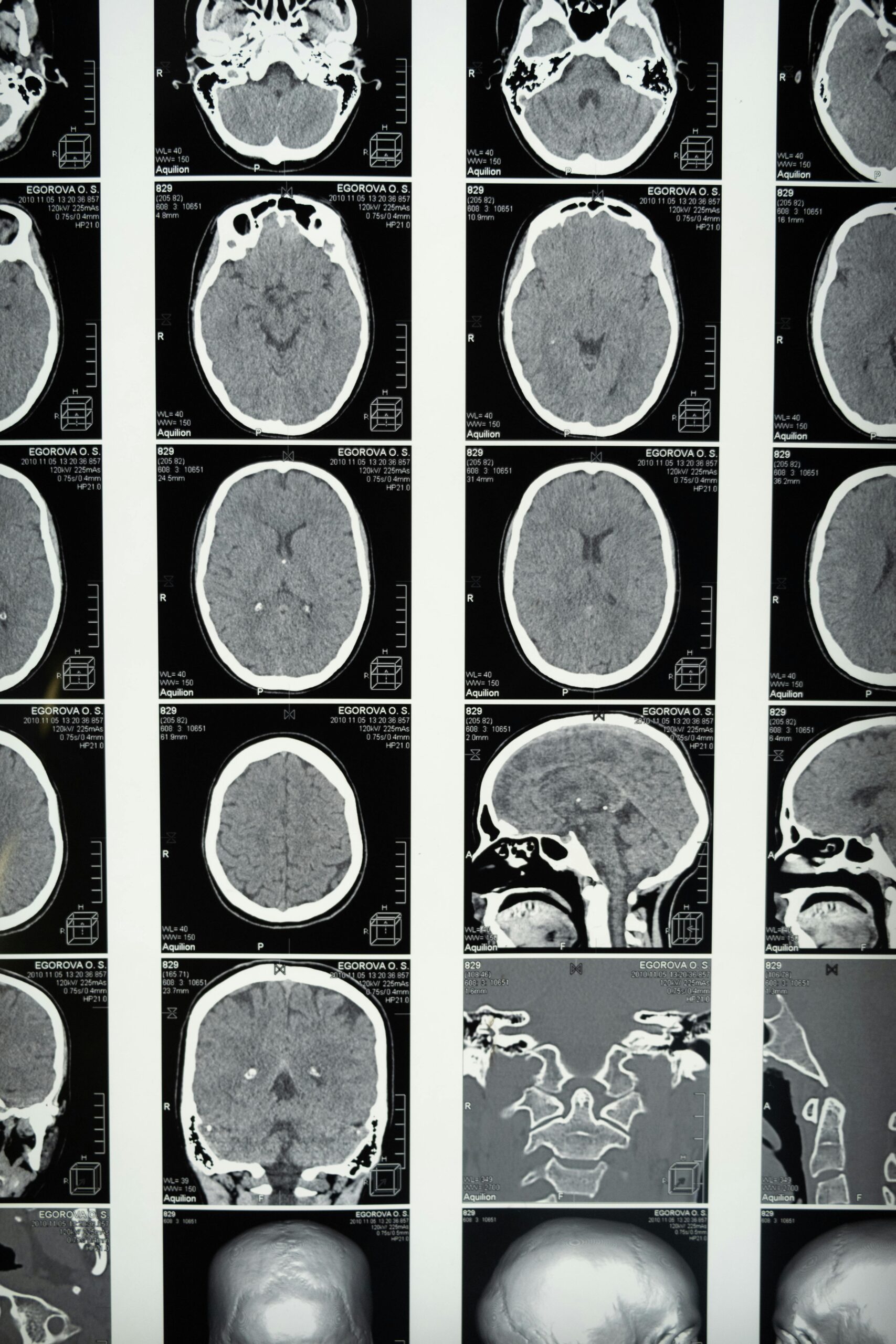Sparring is a fundamental aspect of boxing training, where athletes hone their skills, test strategies, and prepare for the intensity of real competition. However, beneath the surface of this controlled combat lies a significant concern—brain health. Even during sparring sessions, which are less intense than professional bouts, athletes may be exposed to repetitive sub-concussive hits, potentially leading to temporary or long-term cognitive impairments.
This blog delves into the acute effects of sparring, focusing on the impact of sub-concussive hits and how they may contribute to subtle but harmful changes in brain function.
What Are Sub-Concussive Hits?
Sub-concussive hits are low-level impacts to the head that do not cause immediate symptoms of a concussion, such as dizziness, nausea, or loss of consciousness. Despite their mild nature, these impacts can still lead to microscopic damage to the brain’s structure over time.
Unlike a concussion, which is more readily diagnosed due to its noticeable symptoms, sub-concussive hits may go unnoticed and unaddressed. Yet, when accumulated, they pose a significant risk, particularly in contact sports like boxing, football, and martial arts.

Studies
A 2013 study published in the Journal of Neurotrauma shed light on the dangers of sub-concussive hits in amateur boxing. Researchers analyzed amateur boxers who participated in sparring sessions, evaluating their cognitive function before and after the activity.
The findings were alarming:
- Slower Reaction Times: Boxers exhibited delayed response times to cognitive tests immediately after sparring. This indicates that even without a concussion, the brain’s ability to process information and respond swiftly can be impaired by repetitive head impacts.
- Reduced Memory Function: Participants also showed short-term memory issues, struggling to recall information presented to them during the tests.
- Temporary Cognitive Impairment: While the impairments observed in the study were temporary, the long-term effects of repeated sparring sessions are still a concern. Over time, repetitive sub-concussive impacts may contribute to chronic traumatic encephalopathy (CTE) or other neurodegenerative conditions.
Why Does This Happen?
Repetitive impacts, even those perceived as mild, can disrupt the brain’s delicate neural networks. When the head is struck, the brain can shift slightly within the skull, causing:
- Axonal Shearing: The stretching and tearing of the brain’s nerve fibers (axons), which can impair the transmission of signals between different regions of the brain.
- Microvascular Damage: Subtle damage to the blood vessels in the brain, leading to inflammation and reduced oxygen supply to critical areas.
- Chemical Imbalances: Alterations in the brain’s neurotransmitter levels, which can disrupt normal cognitive and emotional functions.
Long-Term Implications of Sparring
While the acute effects of sparring may resolve within hours or days, the cumulative impact of repetitive sub-concussive hits is a growing concern. Studies on retired athletes in contact sports have linked repeated head impacts to:
- Chronic Traumatic Encephalopathy (CTE): A progressive brain disease associated with mood disorders, memory loss, and impaired decision-making.
- Neurodegenerative Disorders: Increased risk of Alzheimer’s and Parkinson’s disease later in life.
- Cognitive Decline: Persistent issues with attention, problem-solving, and memory.
Mitigating the Risks
While sparring is an integral part of boxing, there are steps that boxers, coaches, and organizations can take to minimize the risks:
- Limit Sparring Frequency: Reduce the number of sparring sessions to prevent overexposure to repetitive impacts.
- Use Headgear: Although not foolproof, headgear can reduce the force of direct impacts during training.
- Prioritize Recovery: Allow adequate time for recovery between sessions to reduce the likelihood of cumulative damage.
- Monitor Athletes Closely: Coaches should track any changes in cognitive or physical performance and seek medical evaluation if needed.
- Promote Brain Health: Encourage athletes to engage in brain-boosting activities, such as puzzles, memory games, and proper nutrition, to support cognitive function.
Final Thoughts
The 2013 study on amateur boxers highlighted an often-overlooked reality: sparring, even in controlled environments, can have significant effects on brain function. While boxing is a sport of discipline, skill, and strategy, it is essential to prioritize the health and safety of athletes, especially when it comes to the brain.
Boxers and coaches must balance the demands of training with the need to protect cognitive health. By raising awareness and implementing safety measures, we can ensure that athletes continue to thrive both inside and outside the ring.

